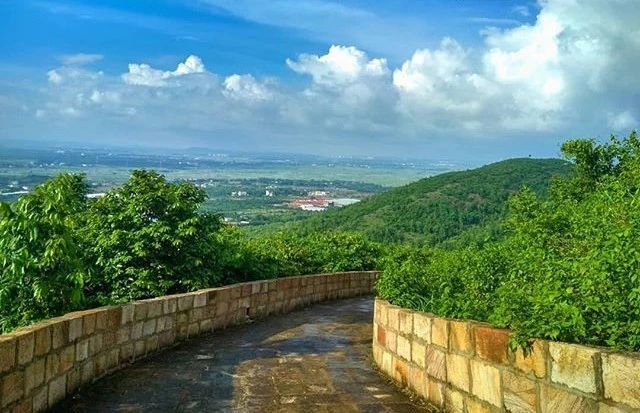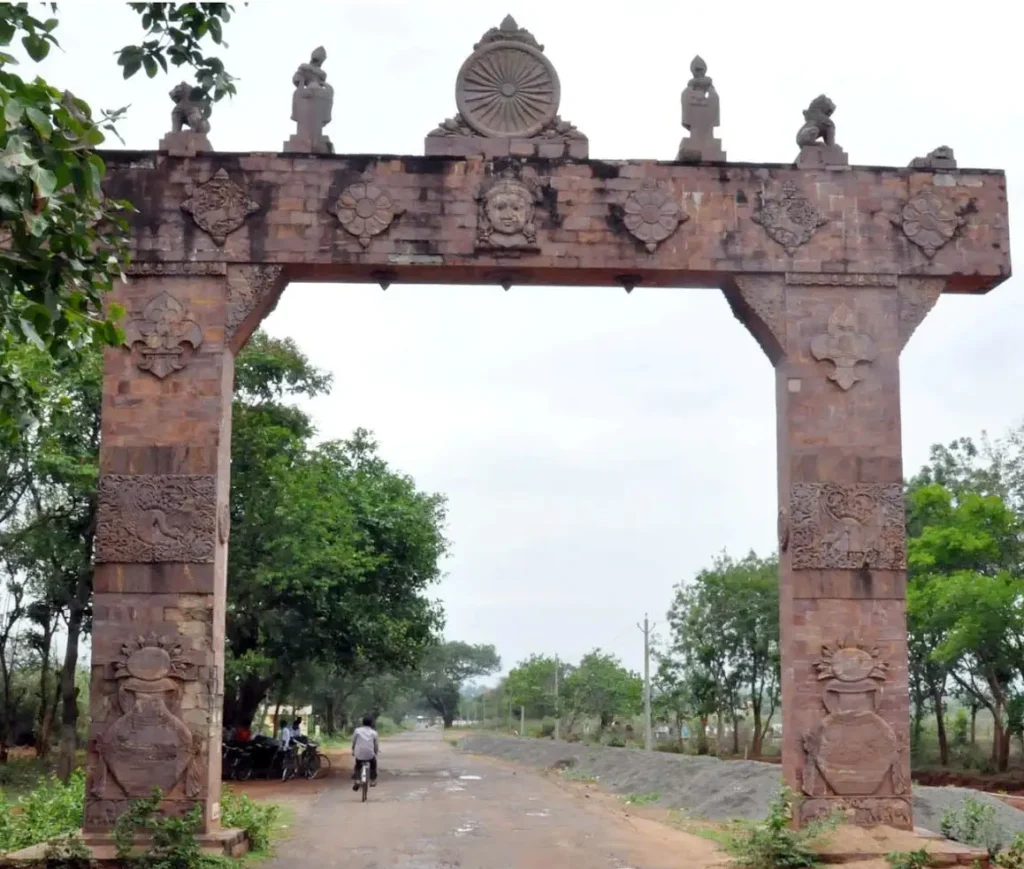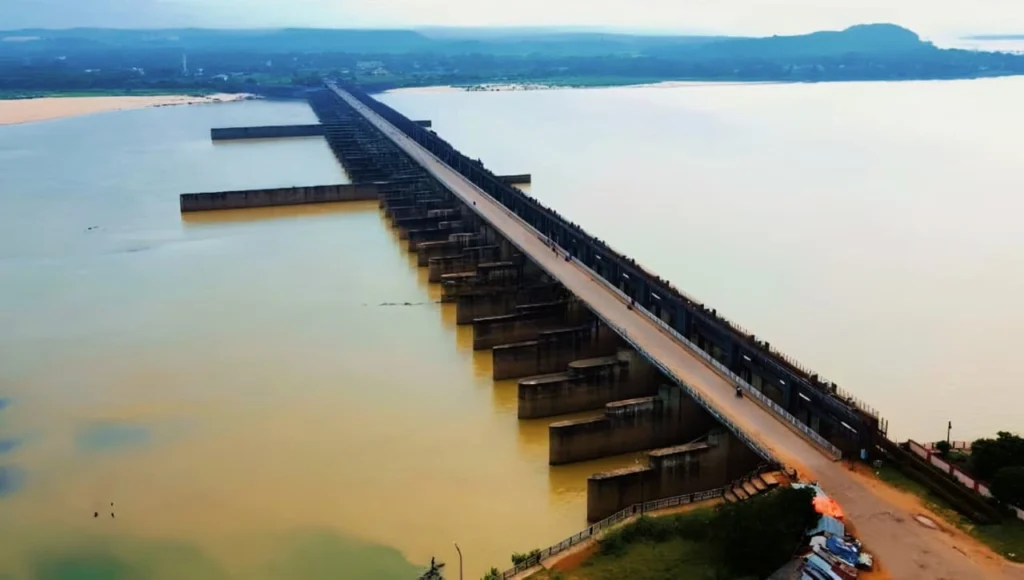
Table of Contents
The Essence of Barunei Hill
Barunei & Karunei Temples: Abode of the Twin Goddesses

A Land of Warriors: Barunei and the Paika Rebellion
Did you know that Khurda was the last independent fort of India? Yes, it was here in 1817 that the Paika Rebellion, often hailed as the first armed struggle against British rule, erupted.
The Paikas, led by leaders like Bakshi Jagabandhu, fought valiantly against British oppression. And in their fight, they sought blessings and protection from Maa Barunei and Karunei. These goddesses were not just religious symbols — they were rallying forces behind the spirit of freedom.
People say the invading Muslim armies attempted to weaken the power of the goddesses by performing animal sacrifices to desecrate their shrines, yet the people kept the spiritual strength of Barunei-Karunei unshaken in their hearts.
Mythology and Literature: A Glimpse into Odia Tradition
How to Reach Barunei Hill

People Also Ask
1. What is Barunei Hill famous for?
Notably, It draws attention for its twin temples dedicated to Maa Barunei and Maa Karunei. Additionally, it holds historical significance due to its strong association with the Paika Rebellion of 1817 against British rule.


